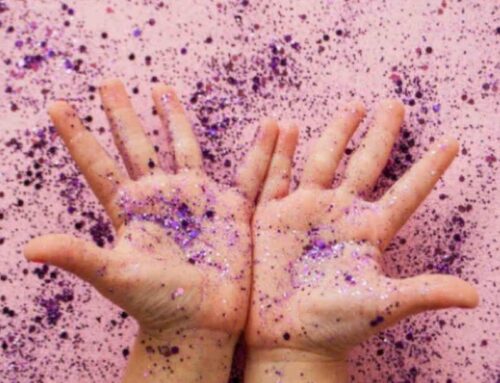
5 Reasons Why: Down Syndrome and The Importance of Art
Creating art can be a valuable therapy tool for children and adults with Down syndrome. Art therapy provides an avenue for self-expression, exploration of emotions, and development of social skills. Down syndrome is a genetic disorder that affects approximately one in every 700 births worldwide. It is caused by the presence of an extra copy of chromosome 21, leading to a range of physical and intellectual disabilities. People with Down syndrome often face challenges in their daily lives, including learning difficulties, delayed language development, and motor skills deficits. However, creative expression through art has been shown to have numerous therapeutic benefits for individuals with Down syndrome.
Art therapy is a form of psychotherapy that utilizes the creative process of making art to improve mental, emotional, and physical well-being. For individuals with Down syndrome, art therapy can provide a safe and supportive environment to explore their thoughts and feelings, develop their cognitive and social skills, and enhance their self-esteem and confidence. Here are some ways in which art therapy can benefit individuals with Down syndrome:
- Enhances communication skills: People with Down syndrome often have difficulties with verbal communication. Art therapy provides an alternative means of expression, allowing individuals to communicate their thoughts and emotions through their artwork. This can help improve their communication skills, as well as their ability to understand and interpret nonverbal cues.
- Develops fine motor skills: Down syndrome can lead to delays in fine motor skills development, which can impact everyday activities such as writing and drawing. Art therapy can help individuals with Down syndrome improve their hand-eye coordination, dexterity, and grip strength, which can transfer to other areas of their lives.
- Boosts creativity and imagination: Art therapy encourages individuals to explore their creativity and imagination, which can be particularly beneficial for people with Down syndrome, who may struggle with abstract thinking. Through art-making, individuals can learn to approach problems in new and innovative ways, expanding their creative potential.
- Promotes emotional well-being: People with Down syndrome are at an increased risk of experiencing mental health issues, such as anxiety and depression. Art therapy can help individuals process and express their emotions in a safe and non-judgmental environment, reducing stress and promoting feelings of relaxation and calm.
- Increases Self-Confidence: Creating art can give individuals with Down syndrome a sense of accomplishment and self-worth. It can also provide them with a safe space to express themselves creatively. Art classes offer a supportive environment that fosters self-expression and self-discovery, which can increase self-confidence and self-esteem. A study published in the Journal of Intellectual Disability Research found that art therapy had a significant positive impact on the self-esteem and self-concept of individuals with Down Syndrome.
Several studies have documented the effectiveness of art therapy for individuals with Down syndrome. A 2013 study published in the Journal of Applied Arts and Health found that art therapy significantly improved the social skills, self-esteem, and quality of life of individuals with Down syndrome. Another study published in the Journal of Intellectual Disability Research in 2017 found that art therapy improved the cognitive and motor skills of children with Down syndrome.
Creating art can be an important therapeutic tool for children and adults with Down syndrome. Art therapy can help individuals with Down syndrome develop their communication, motor, and social skills, boost their creativity and imagination, and promote their emotional well-being. Through art-making, individuals with Down syndrome can experience a sense of empowerment and self-expression, leading to a more fulfilling and rewarding life.
Want to read more about this?
Mateos-Moreno, D., Atencia-Doña, L., & Gómez-Pérez, L. (2013). Art therapy with people with Down Syndrome: A review of the literature. Journal of Applied Arts and Health, 4(3), 307-320.
Kim, J., Park, S. Y., & Kim, S. Y. (2017). The effects of art therapy on cognitive and motor function of children with Down syndrome: A randomized controlled trial. Journal of Intellectual Disability Research, 61(10), 930-941.
American Art Therapy Association. (n.d.). About Art Therapy. Retrieved from https://arttherapy.org/about-art-therapy/






Leave A Comment